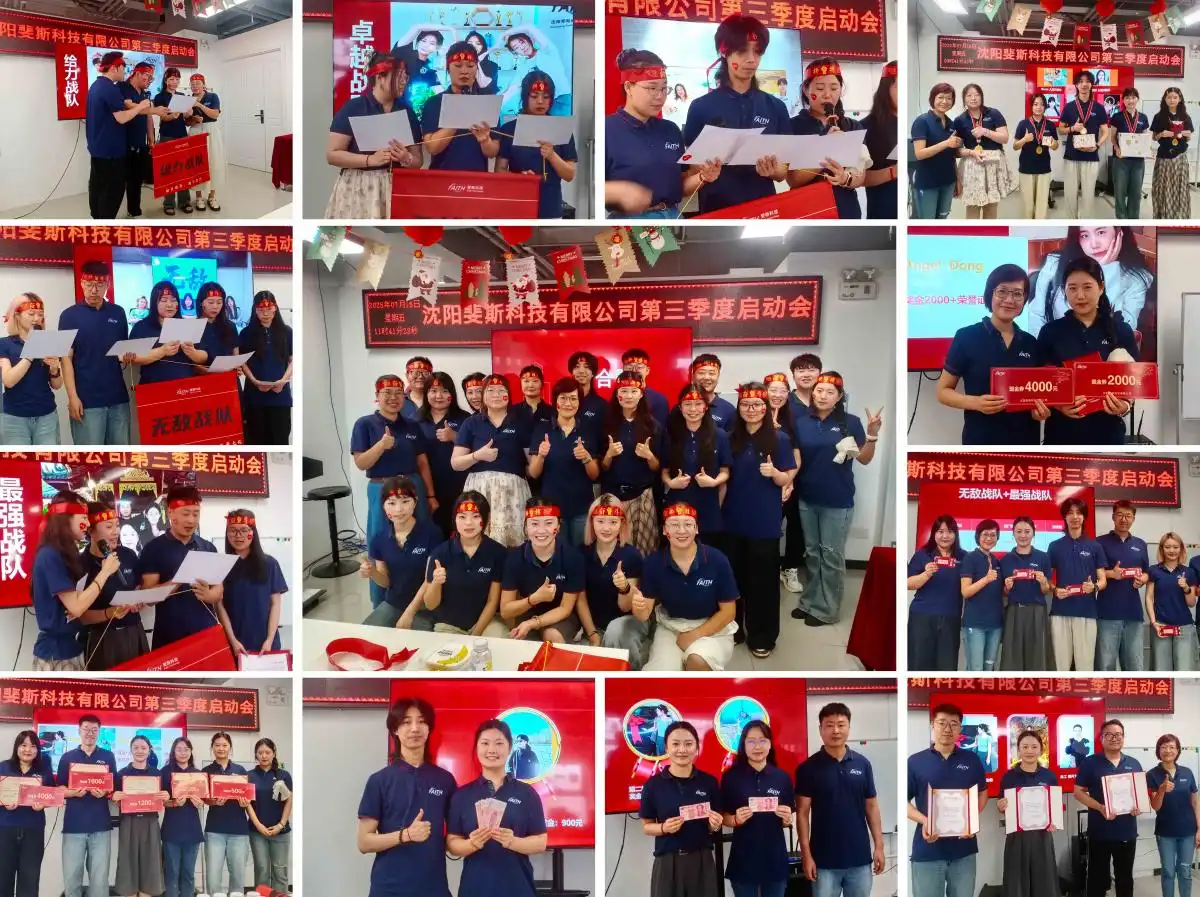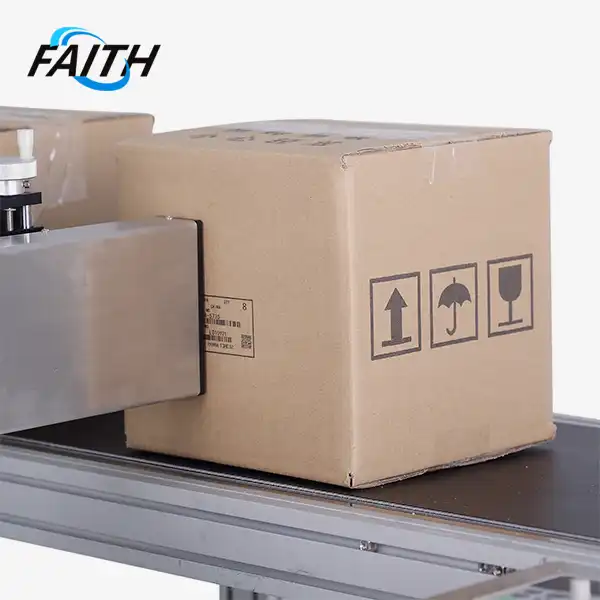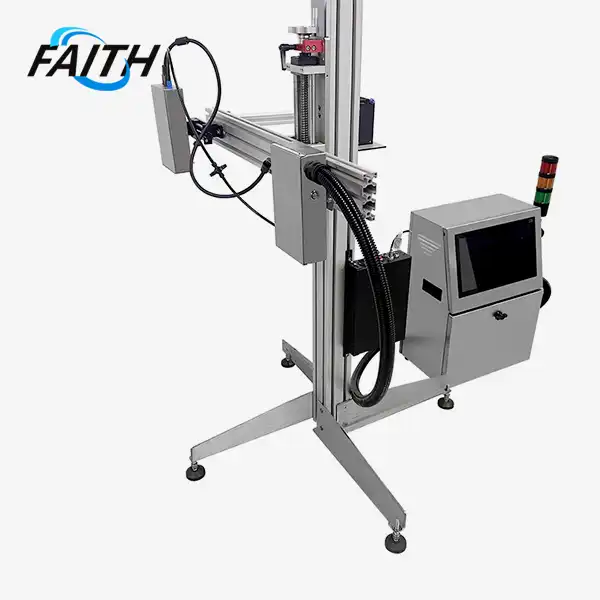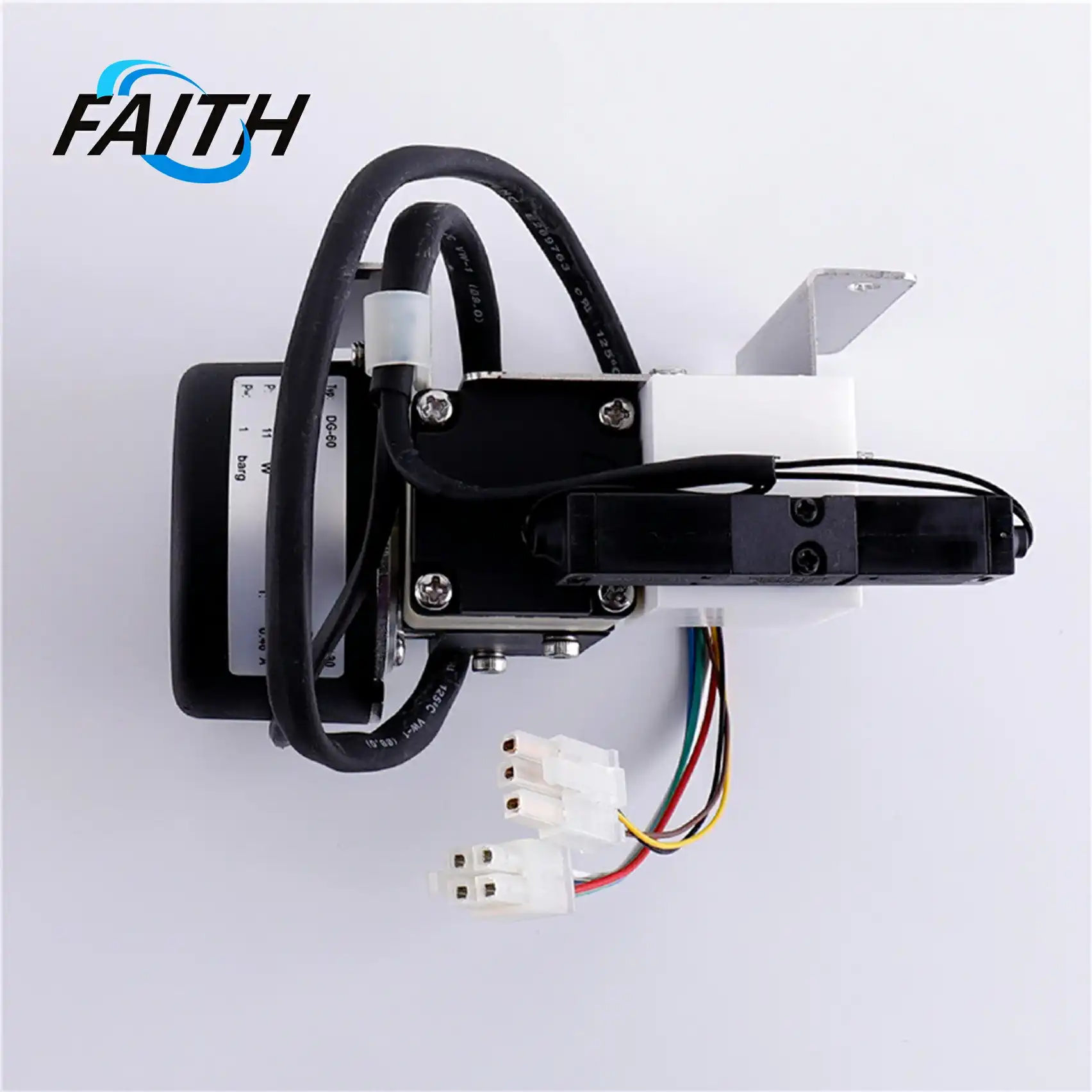How to Use Handheld Inkjet Printer?
Using a hand held ink jet printer is a straightforward process that can revolutionize your labeling and marking needs. To operate this versatile device, start by powering it on and selecting your desired print file from the user-friendly interface. Next, position the printer on the surface you wish to mark, ensuring it's properly aligned. Press the print button and smoothly guide the printer along the surface, maintaining consistent speed and contact. The printer will dispense ink as you move, creating clear, high-quality prints on various materials. With practice, you'll master the technique for producing perfect labels, barcodes, and text on diverse surfaces.
Understanding Handheld Inkjet Printer Technology
Handheld inkjet printers represent a significant leap in portable printing technology. These compact devices utilize advanced inkjet technology to deliver high-quality prints on a wide range of surfaces. Unlike traditional printers, hand held ink jet printers offer unparalleled flexibility, allowing users to print directly onto products, packaging, and materials in real-time.
The core of this technology lies in its precision ink dispensing system. As the user guides the printer across a surface, tiny nozzles in the printhead release microscopic droplets of ink with pinpoint accuracy. This process happens at incredible speeds, often up to 60 meters per minute, ensuring rapid and efficient printing even in fast-paced industrial environments.
Modern handheld inkjet printers boast impressive specifications that contribute to their versatility and performance:
- High resolution capabilities, typically ranging from 300 to 600 DPI, ensuring crisp and clear prints
- Compatibility with various ink types, including water-based, solvent-based, and UV-curable inks
- Adjustable print heights, often between 2mm to 12.7mm, to accommodate different packaging sizes
- Long-lasting battery life, with some models offering up to 12 hours of continuous operation
- User-friendly interfaces, often featuring touchscreen displays for easy operation
- Support for multiple print formats, including text, barcodes, QR codes, and logos
Understanding these technological aspects is crucial for maximizing the potential of your hand held ink jet printer. The combination of high-speed printing, exceptional print quality, and versatile material compatibility makes these devices indispensable tools in various industries, from manufacturing and logistics to retail and healthcare.
Ink Types and Their Applications
The choice of ink plays a pivotal role in the performance of faith printers like handheld inkjet printers. Different ink formulations are designed to adhere to specific materials and withstand various environmental conditions. Here's an overview of common ink types and their applications:
- Water-based inks: Ideal for porous surfaces like paper and cardboard. They're eco-friendly and cost-effective but may not be suitable for non-porous materials.
- Solvent-based inks: These inks offer excellent adhesion to non-porous surfaces such as plastics, metals, and glass. They're resistant to water and chemicals, making them suitable for outdoor applications.
- UV-curable inks: These inks dry instantly when exposed to UV light, providing superior durability and adhesion on a wide range of materials. They're particularly useful for high-speed production lines.
Selecting the appropriate ink type ensures optimal print quality and longevity, enhancing the overall effectiveness of your handheld inkjet printing operations.
Preparing Your Handheld Inkjet Printer for Use
Before you start printing with your handheld inkjet printer, proper preparation is essential to ensure optimal performance and print quality. This process involves several key steps:
Initial Setup and Calibration
When setting up your handheld inkjet printer for the first time, follow these steps:
1. Unpack the printer and inspect all components for any damage.
2. Install the battery according to the manufacturer's instructions.
3. Insert the ink cartridge, ensuring it's securely in place.
4. Power on the device and follow the on-screen prompts to complete the initial setup.
5. Calibrate the printer using the built-in calibration tools to ensure accurate printing.
Regular calibration is crucial for maintaining print quality, especially when changing ink types or printing on new surfaces.
Loading Print Files and Configuring Settings
Before each printing session, you'll need to load your desired print files and configure the appropriate settings:
- Connect your printer to a computer or use the built-in interface to access the file management system.
- Upload or create the text, barcode, or image files you want to print.
- Adjust print settings such as font size, print density, and orientation to suit your requirements.
- If printing on a new material, perform a test print to ensure proper ink adhesion and quality.
Taking the time to properly prepare you’re the best handheld printer will significantly improve your printing results and help prevent common issues like poor print quality or misaligned text.
Mastering Handheld Inkjet Printing Techniques
To achieve professional-quality results with your hand held ink jet printer, it's essential to master proper printing techniques. With practice and attention to detail, you can produce consistently clear and accurate prints on various surfaces.
Proper Handling and Movement
The key to successful handheld inkjet printing lies in smooth, consistent movement:
- Hold the printer firmly but not too tightly, maintaining a comfortable grip.
- Position the printer at the correct angle, usually perpendicular to the printing surface.
- Move the printer in a straight line, using guides or markings if available.
- Maintain a steady speed throughout the printing process.
- Practice on scrap materials to perfect your technique before printing on actual products.
Troubleshooting Common Issues
Even with proper technique, you may encounter some common printing issues. Here's how to address them:
- Blurry or smeared prints: Slow down your printing speed and ensure the correct ink type is used for the surface.
- Inconsistent print density: Check ink levels and clean the printhead if necessary.
- Misaligned text or images: Recalibrate the printer and use alignment tools if available.
- No ink output: Verify that the ink cartridge is correctly installed and not empty.
By mastering these techniques and knowing how to troubleshoot common issues, you'll be able to fully leverage the capabilities of your hand held ink jet printer, producing high-quality prints consistently across various applications.
Conclusion
Mastering the use of a handheld inkjet printer opens up a world of possibilities for efficient and flexible marking and coding across various industries. From understanding the technology behind these innovative devices to perfecting your printing technique, each step in the process contributes to achieving optimal results. Remember that practice and familiarity with your specific printer model will greatly enhance your proficiency over time.
As you continue to explore the capabilities of your handheld inkjet printer, you'll discover new applications and efficiencies in your workflow. Whether you're printing barcodes, expiration dates, or custom logos, these versatile devices offer a level of convenience and adaptability that traditional printing methods simply can't match.
For more information on advanced industrial UV inkjet coding and traceability system solutions, or to discuss how handheld inkjet printers can benefit your specific industry needs, don't hesitate to reach out to our expert team at Shenyang Faith Technology Co., Ltd. Contact us at sale01@sy-faith.com to learn more about our innovative printing solutions and how they can streamline your operations.

FAQ
How long does the ink last in a handheld inkjet printer?
Ink cartridge life varies depending on usage and ink type. Typically, a cartridge can last for thousands of prints. UV-curable inks often have a longer shelf life compared to water-based inks.
Can I print on curved surfaces with a handheld inkjet printer?
Yes, many handheld inkjet printers are designed to print on curved surfaces. However, it may require practice to maintain consistent quality on highly curved objects.
How do I clean the printhead of my handheld inkjet printer?
Most printers have a built-in cleaning function. If manual cleaning is needed, use manufacturer-approved cleaning solutions and follow the instructions in your user manual carefully.
References
1. Johnson, M. (2022). "Advancements in Portable Printing Technology: A Comprehensive Guide to Handheld Inkjet Printers." Journal of Industrial Printing, 15(3), 78-92.
2. Smith, A. & Lee, R. (2021). "Optimizing Ink Formulations for Diverse Substrate Compatibility in Handheld Inkjet Systems." International Journal of Material Sciences, 8(2), 145-160.
3. Zhang, L. et al. (2023). "Ergonomic Considerations in the Design of Handheld Inkjet Printers for Industrial Applications." Ergonomics in Manufacturing, 12(4), 301-315.
4. Brown, T. (2022). "Quality Control Measures for Handheld Inkjet Printing in Pharmaceutical Packaging." Journal of Pharmaceutical Packaging, 19(1), 55-70.
5. Patel, S. & Garcia, M. (2023). "Comparative Analysis of UV-Curable and Solvent-Based Inks for Portable Inkjet Printing Systems." Coatings Technology Review, 31(2), 189-204.
Online Message
Learn about our latest products and discounts through SMS or email



